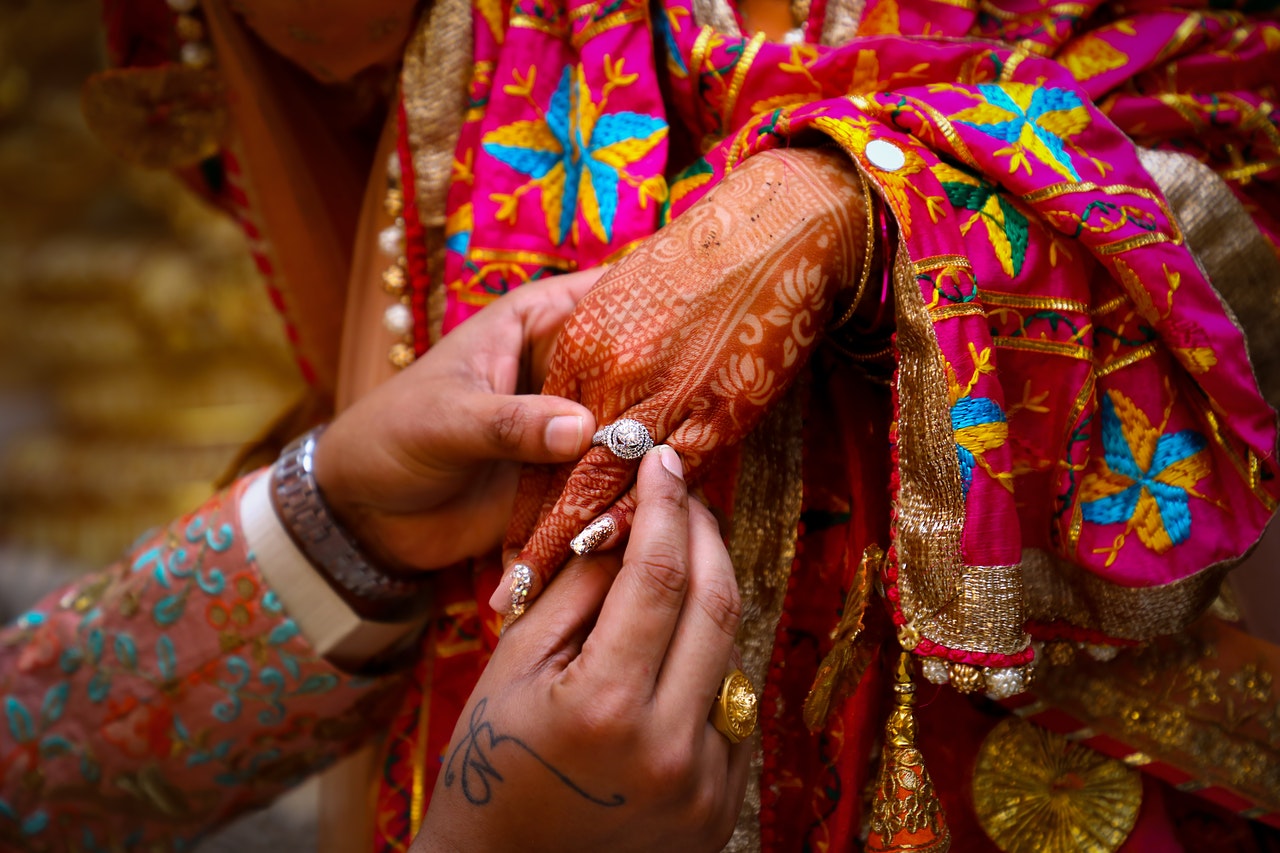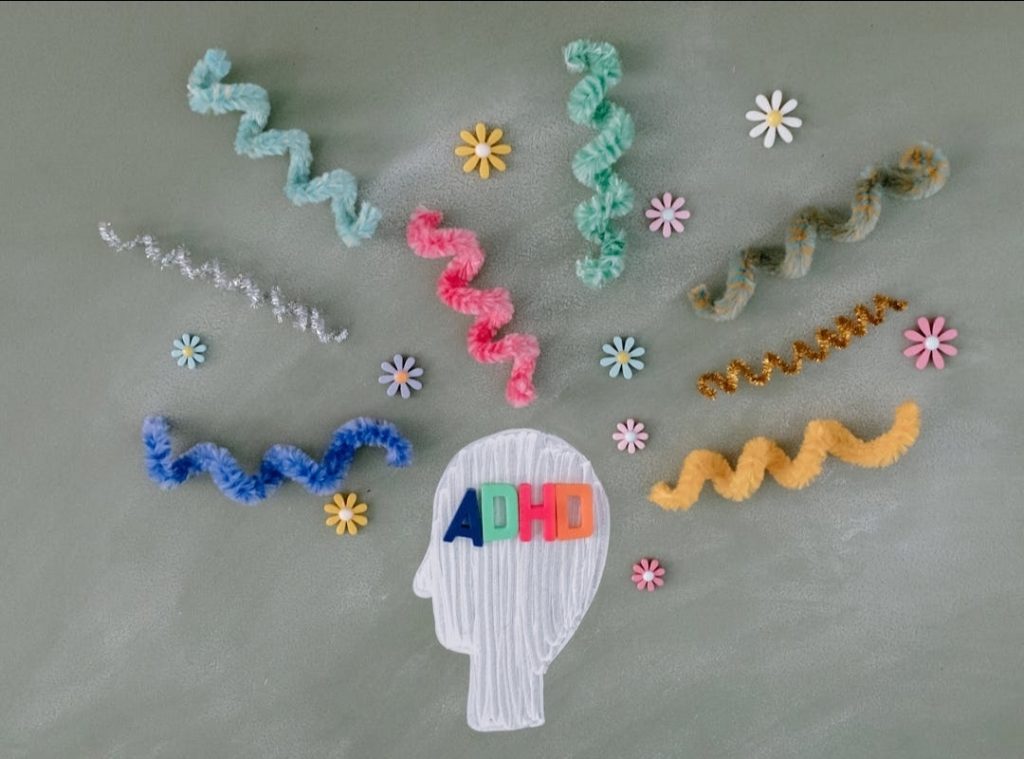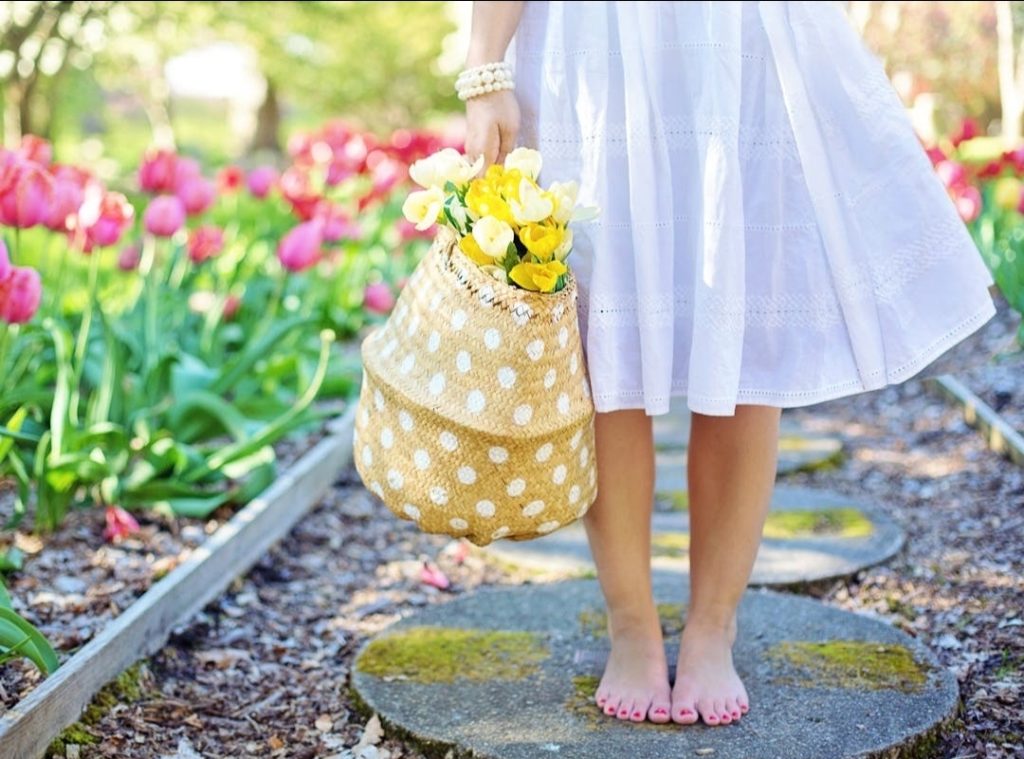Marriage is the union of two individuals by exchanging vows. During this National Marriage Week USA February 7-14, we recognize and celebrate marriages. More than just the joining of the couple, it’s a bonding of families. How did marriage originate? According to The Spruce, “The main goal of marriage, earlier on, was to act as an alliance between families. Throughout history, and even today, families arranged marriages for couples.”
Now let me share some interesting things that happen in an Indian Hindu wedding in the functions which start well before the actual matrimony service. Allow me to give you a glimpse into the symbols and ceremony you’d experience.
A Hindu wedding is full of colors, festivities, and food. An intimate Hindu wedding can consist of an average of 300 to 2,000 guests. “Is that all that happens?” you may be wondering. Well, my friend, there is more, much more. Here are some things that you should be aware of before attending a Hindu wedding:
- Duration of the wedding: The ceremonies are stretched over a span of 3 to 7 days. The main ceremony, reception, and the sangeet (cocktail night) are the ones with all the invited guests. The other ceremonies like the Ganesh Pooja (worshipping of Lord Ganesh), and the Haldi ceremony (applying turmeric to the bride and groom) are all attended by the family members. The important part of these ceremonies is the time they occur so do expect an early morning invite.
- What about wedding gifts? You wouldn’t bring the gift to the main ceremony. In present times, most people send gifts directly to the couples’ address. It’s usually at the reception where you meet the newly wedded couple for the first time where you present them with the gift.
- What is the best color to wear? As mentioned, Hindu weddings are colorful. The bride wears red as it stands for prosperity and fertility. This is what I wore at my wedding. In modern times, brides are going bold and experimenting with different colors.
- The arrival of the groom is a celebration in itself: The arrival of the groom and his party is called the baraat and is marked with great joy. The party is met with flower garlands, and the groom is also presented with aarti as a sign of welcome to the family.
- The wedding Mandap: The wedding altar is called the mandap. Its decoration elements range from beautiful flowers and greenery to crystals and fabric. The traditional ceremony is held under it.
- Exchanging of the garlands: The varmala or the exchanging of the floral garland is done by the newlyweds. It symbolizes the welcome of the newlyweds in their partner’s respective families.
- Red powder in the bride’s hair: Sindoor, the-red colored powder in the bride’s hair, is the symbol of her new status of being married. Traditionally, this is applied by her husband on the day of the traditional ceremony. All married women may wear it as a sign of their marital status.
- The emotional Vidaai: Once all the traditional ceremonies are done, the Hindu bride gets ready for her vidaai. This is a very emotional ceremony as the bride plans to leave her house and enter her new home, the groom’s house. This marks the end of all the wedding ceremonies as the bride’s parents prepare to say goodbye to her.
I hope this view into Hindu weddings gives you a new perspective during this recognition week of marriages.
Our Her Nexx Chapter Community invites you to join us where women are connecting with each other’s stories, exploring different experiences, and transforming ideas.
The Future of Connection for Women
- Experiencing Rejection? It May Just be a Redirection for the Betterment of Your Life - September 19, 2022
- Today’s the Day to Give Everyone a Great Big SMILE (Sending Magnificent Inner Loving Energy) - May 31, 2022
- 4 Tips to Help Better Manage Stress: Focus on Your Physical and Mental Refresh - April 25, 2022
Follow us:







